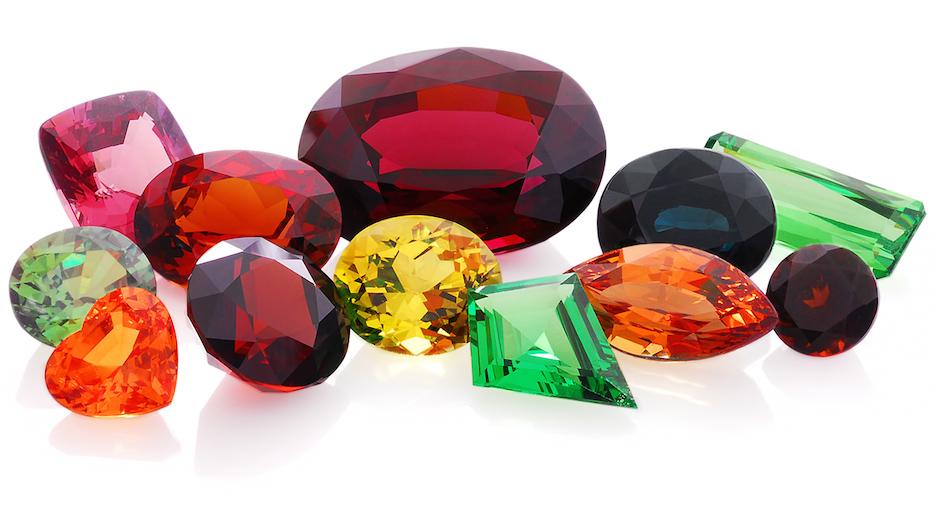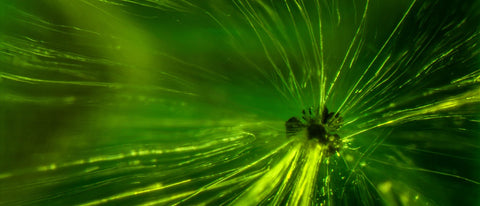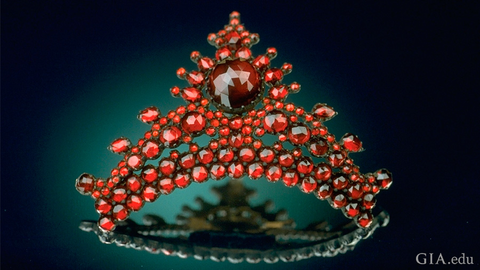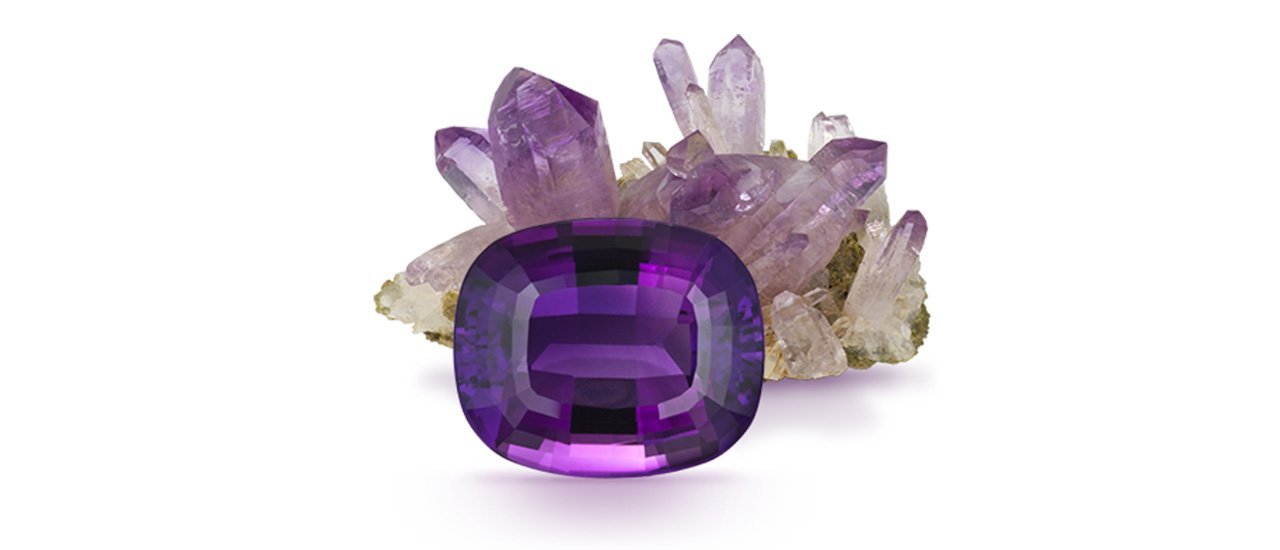
January: Garnet
The biggest misconception to consumers is that Garnet is a brownish red. This is true - but to a certain degree. Garnet actually comes in so many other beautiful colors as well! The red variety of Garnet is the most well known due to its abundance and affordability and therefore perceived as the birthstone for the first month of the year.
Guess what January babies: you're in luck! Garnet's can be found in beautiful hues of orange, red, yellow, green and rarely blue. Although rare, Garnet can also be found in a color-change variety, similar to a stunning rare gemstone called alexandrite. Yup, you read that right! So, fret no more. Didn't think you liked your birthstone? Now you have so many options to choose from. You're welcome. :)
I've learned at the Gemological Institute of America that Garnets are a set of closely related minerals that form a group, resulting in gemstones in almost every color. All garnets have essentially the same crystal structure, but they vary in chemical composition.
The most important gem quality Garnet species are the following:
- Pyrope: Typically a shade of red, derived from the trace element Magnesium.
- Almondine (almondite): Typically a shade of red with purplish hues derived from the trace element Iron.
- Spessartine (spessartite): An orange variety of Garnet, derived from the trace element Manganese.
- Grossular (grossularite): This species can be broken down into two varieties: Tsavorite and Hessonite. Tsavorite is the green variety of Grossular Garnet and Hessonite is the orange variety of Grossular Garnet. Both get their color from traces of aluminum.
- Andradite: Typically a shade of yellow, however, in rare cases can be found in a beautiful green. The green variety of Andradite Garnet is called Demantoid and it gets its color from traces of Iron.
Many garnets can also come in chemical mixtures of two or more garnet species combined, but let's not get too technical here.
One of my personal favorite Garnets is the green variety of Demantoid Andradite Garnet found in Russia. This gemstone is typically rare. When this Garnet displays its unique "horsetail" inclusions, it can blow your mind with its unique beauty. Heres an image of a horsetail inclusion inside a Demantoid Garnet, which can exclusively be found in Russia.

In General
Treatments: Most garnets are not treated, so the likely hood of purchasing a treated garnet is very slim as most garnets in the trade are natural and un-treated.
Cleaning and care: The best way to care for your jewelry is to take it to your local jeweler for them to thoroughly clean it in the ultrasonic. However, if you'd like to clean and maintain it at home, use a soft brush with warm soapy water. This method is always safe for cleaning garnets.
Mythological meaning: Garnet has been used in history to encourage creativity, strengthen its wearer, extract negative energy from the chakras in turn transmitting that energy to a useful condition and it is said to even balance sex drive.
Historical uses: The name "Garnet" is said to have originated from the word "pomegranate" from the medieval Latin word - granatus - due to its beautiful, deep red color and granular-like characteristic. In the Middle Ages, clergy and nobility used a lot of Garnets. The Bronze Age shows many references to Garnets as well. Garnets were used as gemstones for the ancient Egyptian pharaohs jewelry and they were even used as abrasives. In ancient Rome, Garnet rings were used to stamp and seal important documents in a wax stamp.

This antique Pyrope Garnet hair comb is one of the most famous Garnet jewelry pieces. This stunning antique piece is found in the Smithsonian. Click here to learn more about this beautiful jewel.
Now that you've become a Garnet expert, go on and start shopping. Next time you find yourself inside a jewelry store, ask to see the other beautiful colored garnets that you may have never seen before!
For questions about Garnets or any jewelry related questions, feel free to text us at (586) 939-5100.
Images and some information in this blog are extracted from gia.edu.


